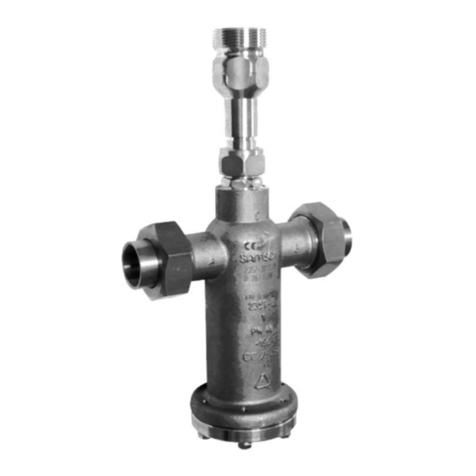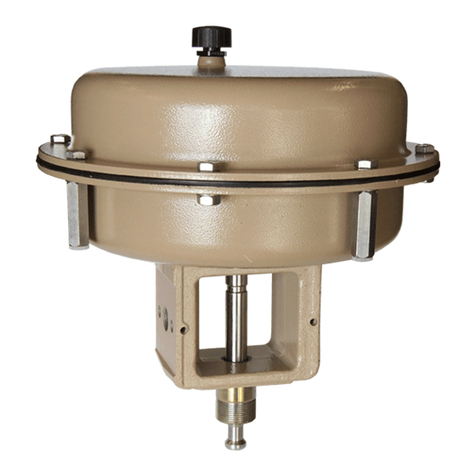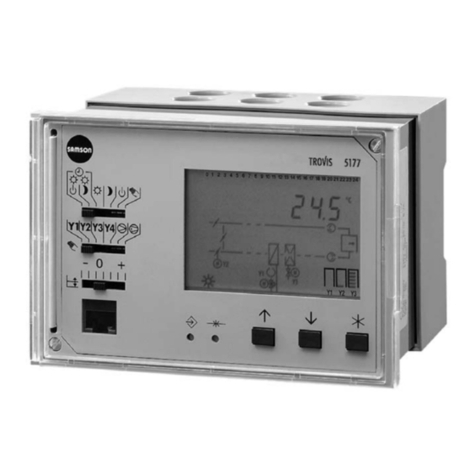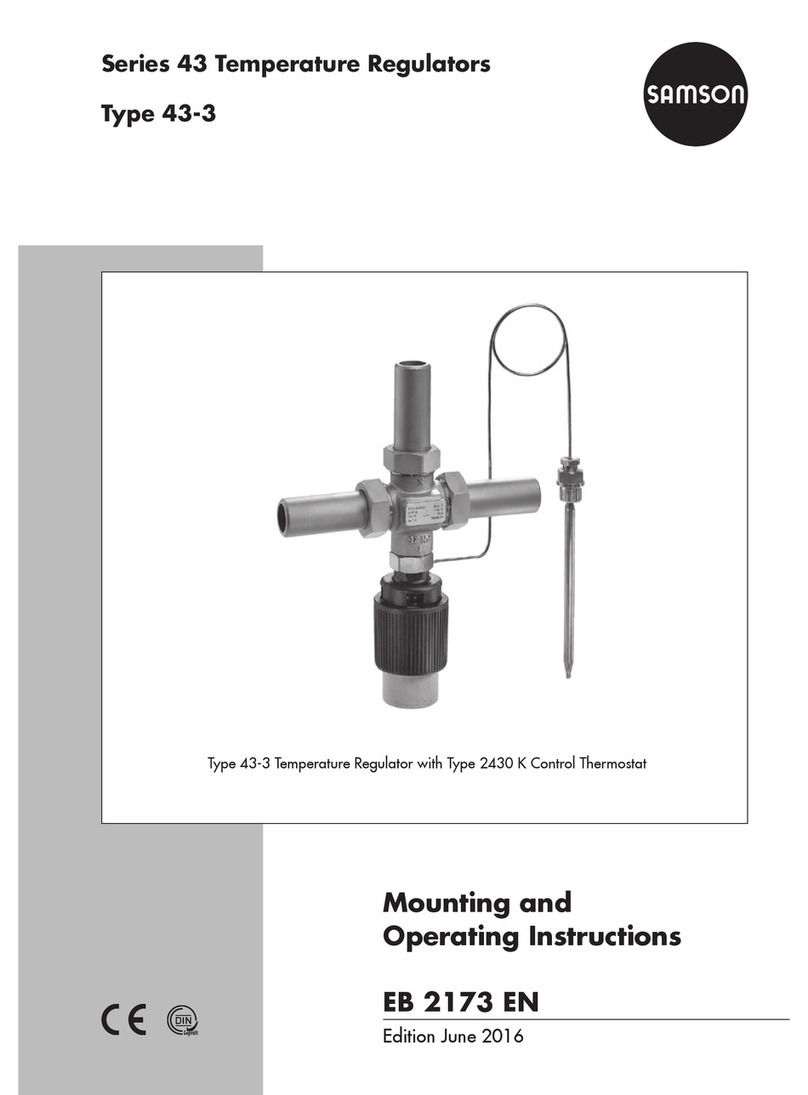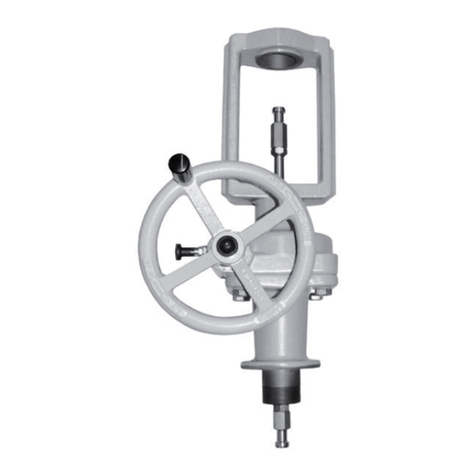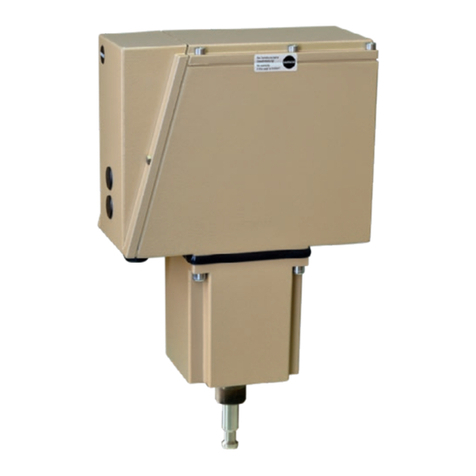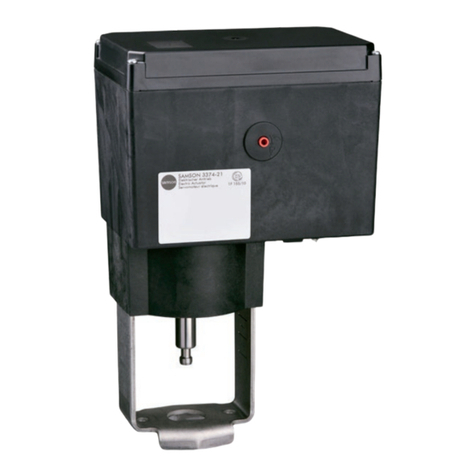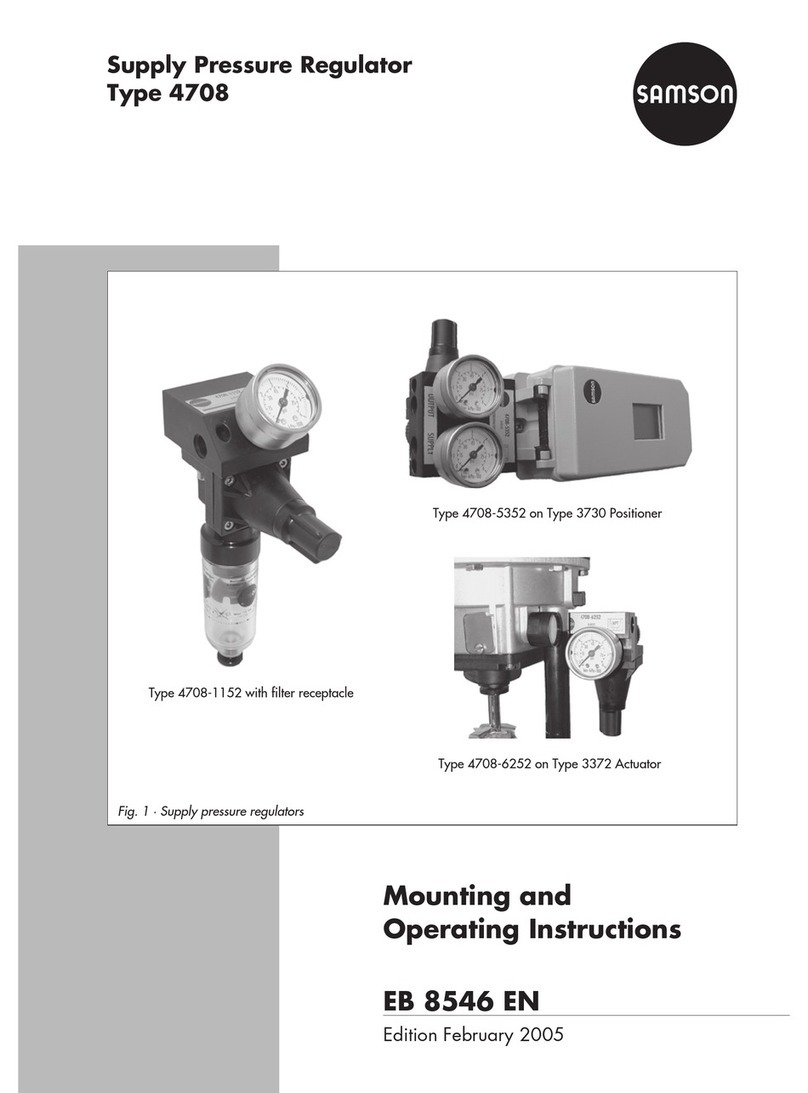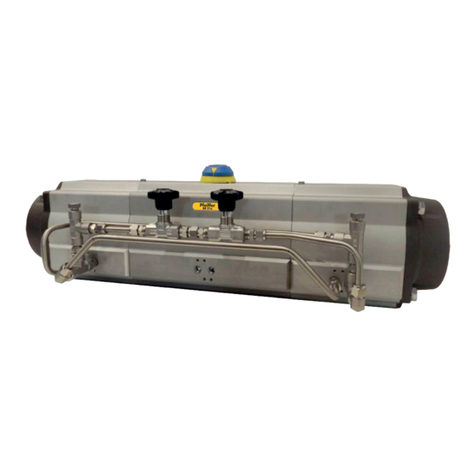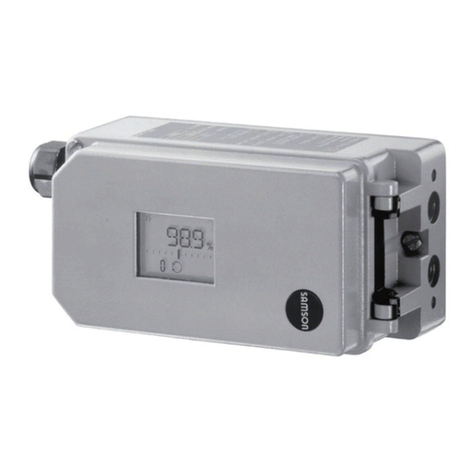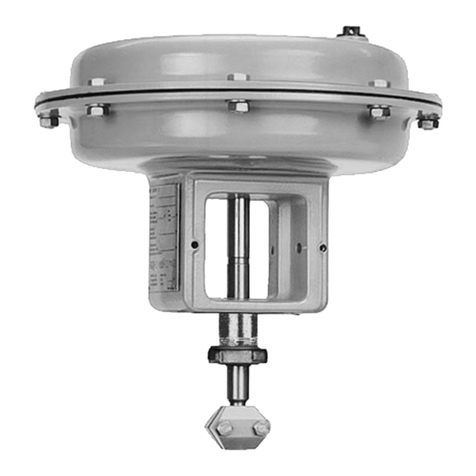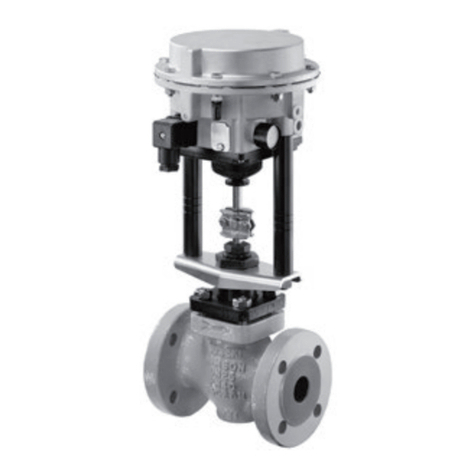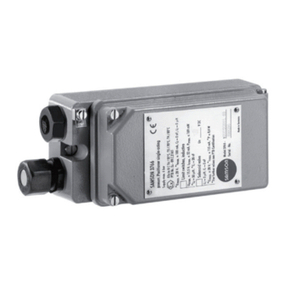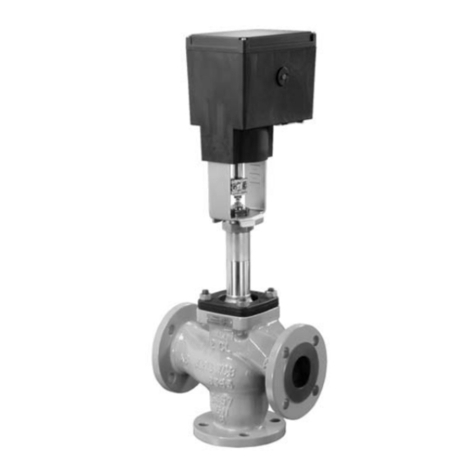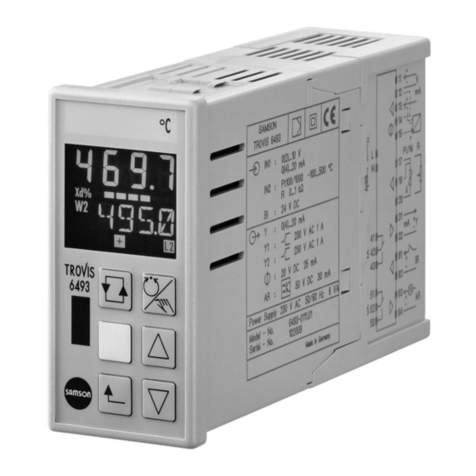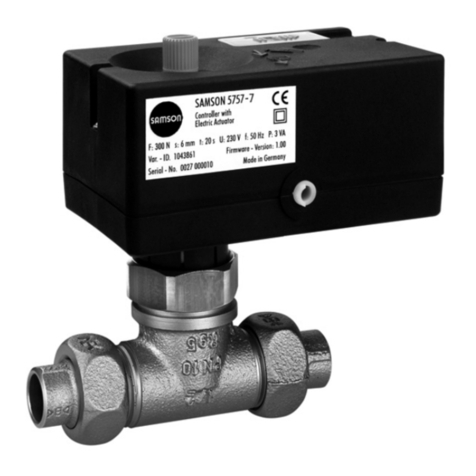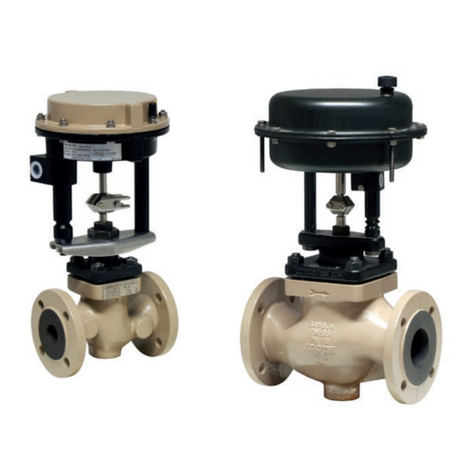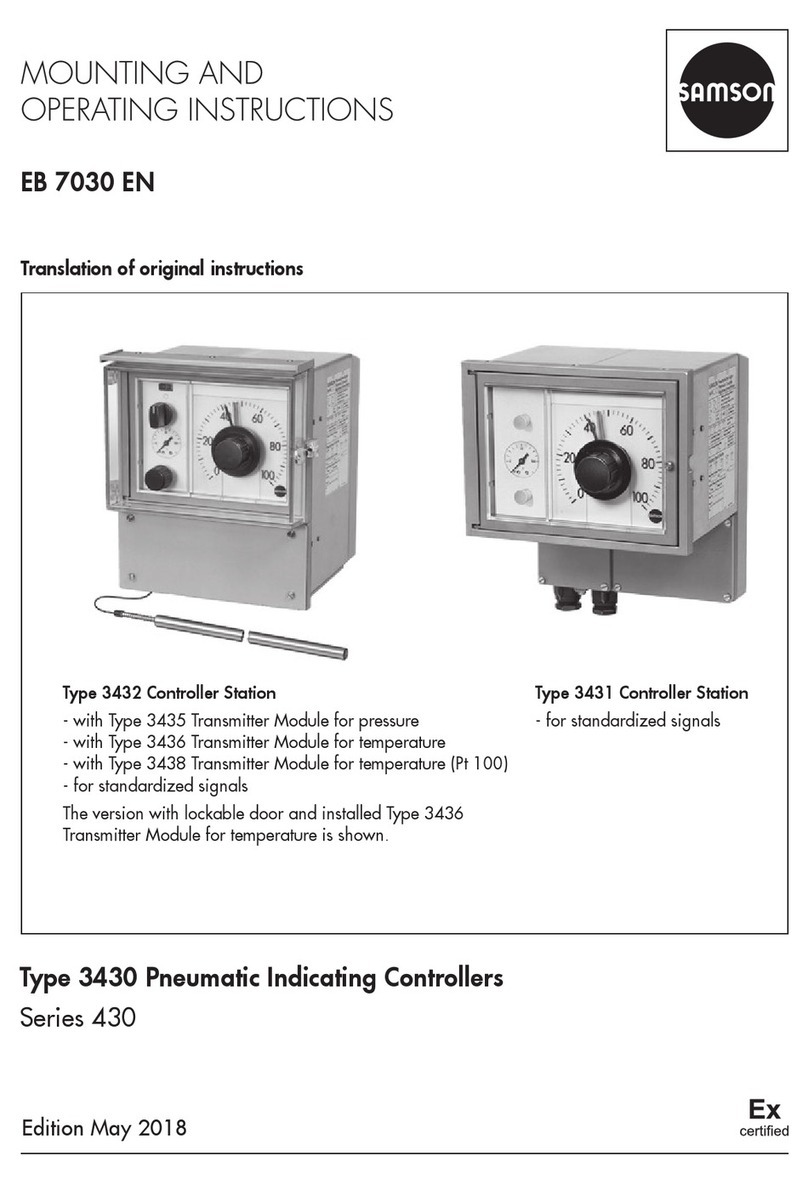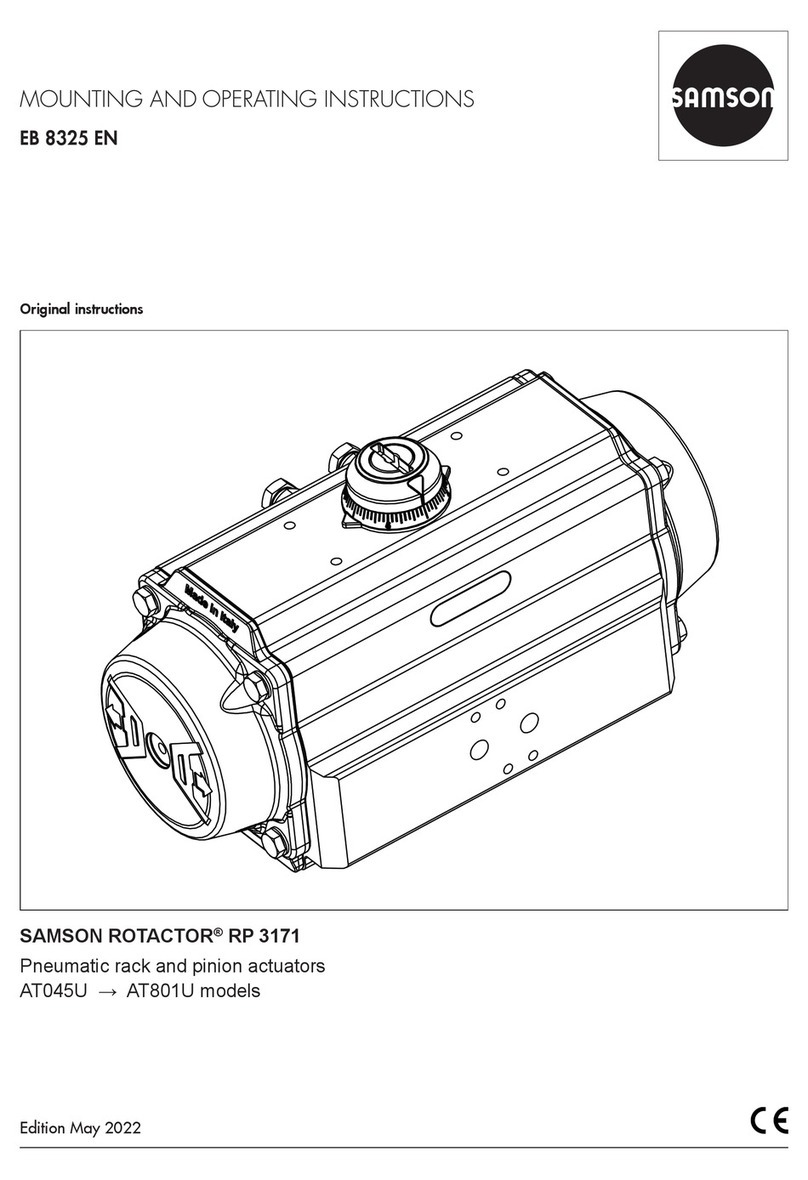
5.8 Flash adaptation . . . . . . . . . . . . . . . . . . . . . . . . . . . 60
5.8.1 Flash adaptation without outdoor sensor (room temperature dependent) . 61
5.9 Adaptation . . . . . . . . . . . . . . . . . . . . . . . . . . . . . . 62
6 Functions of the DHW circuit. . . . . . . . . . . . . . . . . . . . . . 63
6.1 DHW heating in the storage tank system . . . . . . . . . . . . . . . . 63
6.1.1 DHW circuit additionally controlled by a globe valve . . . . . . . . . . 65
6.2 DHW heating in the storage tank charging system . . . . . . . . . . . 66
6.3 DHW heating in instantaneous heating system . . . . . . . . . . . . . 68
6.4 DHW heating with solar system . . . . . . . . . . . . . . . . . . . . 69
6.5 Intermediate heating operation . . . . . . . . . . . . . . . . . . . . 69
6.6 Parallel pump operation . . . . . . . . . . . . . . . . . . . . . . . . 70
6.7 Circulation pump operation during storage tank charging. . . . . . . . 70
6.8 Priority operation . . . . . . . . . . . . . . . . . . . . . . . . . . . 70
6.8.1 Reverse control . . . . . . . . . . . . . . . . . . . . . . . . . . . . 71
6.8.2 Set-back operation . . . . . . . . . . . . . . . . . . . . . . . . . . 71
6.9 Forced charging of the DHW storage tank . . . . . . . . . . . . . . . 71
6.10 Thermal disinfection of the DHW storage tank . . . . . . . . . . . . . 72
7 System-wide functions . . . . . . . . . . . . . . . . . . . . . . . . 74
7.1 Automatic summer time/winter time changeover . . . . . . . . . . . . 74
7.2 Frost protection . . . . . . . . . . . . . . . . . . . . . . . . . . . . 74
7.3 Forced operation of the pumps. . . . . . . . . . . . . . . . . . . . . 75
7.4 Return flow temperature limitation . . . . . . . . . . . . . . . . . . . 75
7.5 Condensate accumulation control . . . . . . . . . . . . . . . . . . . 76
7.6 Three-step control . . . . . . . . . . . . . . . . . . . . . . . . . . . 77
7.7 On/off control . . . . . . . . . . . . . . . . . . . . . . . . . . . . 77
7.8 Releasing a control circuit over the binary input. . . . . . . . . . . . . 77
7.9 Processing of external demand in Rk1 . . . . . . . . . . . . . . . . . 78
7.10 Flow rate/heat capacity limitation in Rk1. . . . . . . . . . . . . . . . 80
7.10.1 Limitation using pulse input . . . . . . . . . . . . . . . . . . . . . . 80
7.10.2 Limitation using 0/4 to 20 mA signal . . . . . . . . . . . . . . . . . 81
7.10.3 Creep feed rate limitation over binary input . . . . . . . . . . . . . . 82
7.10.4 Limitation of the calculated capacity . . . . . . . . . . . . . . . . . . 82
7.11 Device bus . . . . . . . . . . . . . . . . . . . . . . . . . . . . . . 83
7.11.1 Requesting and processing an external demand . . . . . . . . . . . . 84
7.11.2 Sending and receiving outdoor temperatures . . . . . . . . . . . . . . 85
7.11.3 Synchronizing the clock . . . . . . . . . . . . . . . . . . . . . . . . 86
7.11.4 Priority over all controllers . . . . . . . . . . . . . . . . . . . . . . . 86
7.11.5 Connecting a TROVIS 5570 Room Panel . . . . . . . . . . . . . . . . 87
7.11.6 Display error alarms issued by the device bus . . . . . . . . . . . . . 87
4EB 5575 EN
Contents
